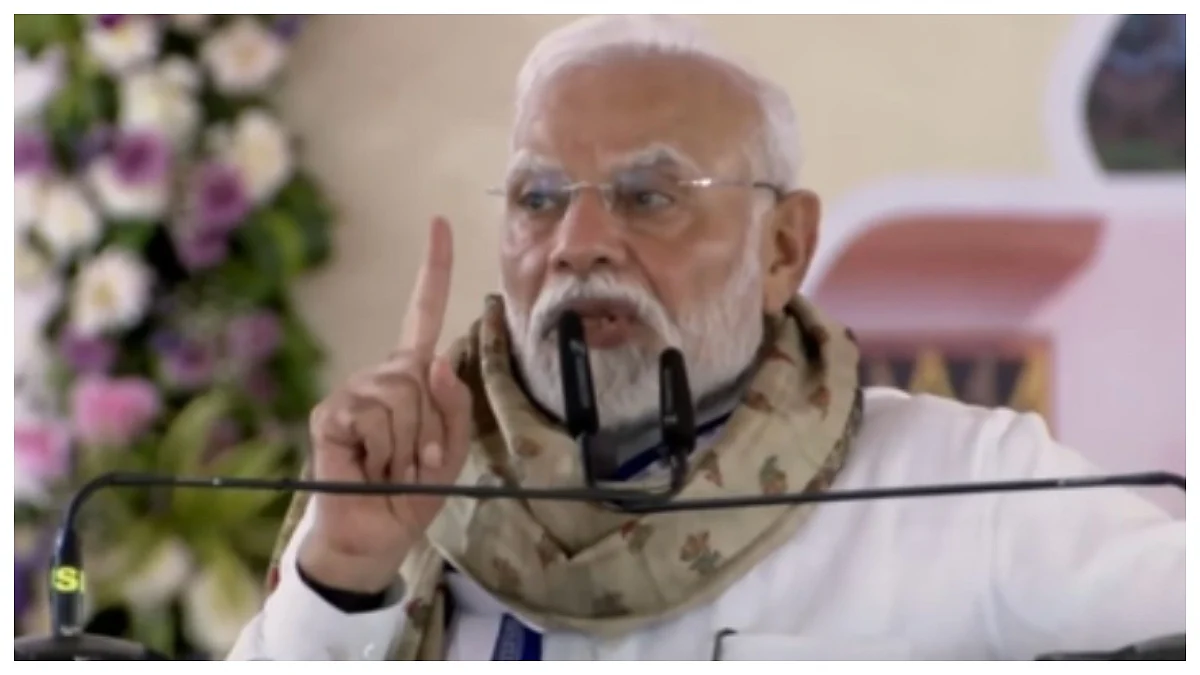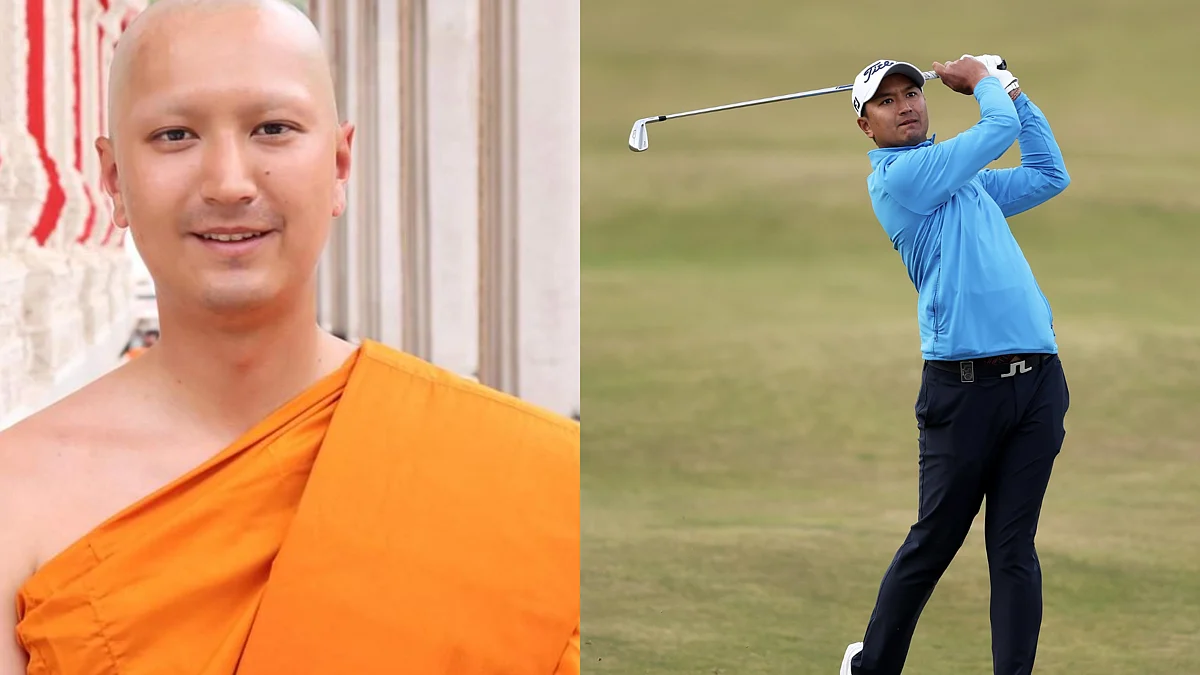Why I am a Hindu
Author: Shashi Tharoor
Publisher: Aleph
Price: Rs 699; Pages: 302
Shashi Tharoor, in his Why I am a Hindu, vacillates between trying to be candid and to be politically correct. In times when politics is mostly turning out to be incorrect, political correctness is a rather hollowed term. In this hollowed situation, Tharoor tries his best to regain a hallowed status for his religion, which he describes as the best ‘intellectual fit’ for his sensibilities. The argument is one that has been made for a long time – that Hinduism is a way of life, that it is henotheistic, that it is pantheistic as well, that both the ‘aastika’ and ‘nastika’ are part of the religion, and so on. He pits the long canon of Hindu philosophy against Abrahamic religions and argues that a believer of Hinduism does not look for literal meanings in his religious and philosophical texts unlike a believer in one of the Semitic religions.
Tharoor offers the sponge theory –which has also been variously offered – that Hinduism acted as a sponge and accommodated the native tribal religions, and included their symbology in the new canon. So, Ganapati would be riding the mouse, which would have been the totem of one of the tribes; or Hanuman would have been appropriated from the totem system of another tribe, and so on. Having picked up a book titled Monkey King years ago from a second-hand bookstore in Bangalore, my interest was immediately piqued. The Chinese legend, which is a Buddhist import from the time of Huen Tsang, that is 7th century CE, has a character as brave and valiant as Hanuman, but minus his object of devotion, Lord Rama. This led me to surmise on similar lines as this book takes us on – especially with the story of Lord Jagannath, and also his transformation into Juggernaut by the British, with the connotation of an institution that is ruthless in its motion. The history of Hinduism and various philosophical schools like Sankhya, Mimansa, and so on have been provided a good exposition in this text.
Also, Tharoor draws on the interpretations of people from the time of the National Movement and the period preceding it – Dr Radha Krishnan, Anand Coomaraswamy, Mahatma Gandhi, Deen Dayal Upadhyaya, Lokmanya Tilak, Raimon Pannikar, Swami Vivekanand et al. In drawing from the time of the freedom struggle, however, Tharoor misleads us either through his memory, or through a deliberate act. Jogging his memory, Tharoor tells us that it was only at the age of eleven that he was confronted with the question of caste – by someone who would go on to become a film star. The writer, at this juncture, tells us that during the freedom struggle, the idea of caste had been completely discredited and no one spoke in those terms – which is why his father brought him and his siblings in a caste-neutral atmosphere. We know this is far from truth –this was the time when Dr BR Ambedkar rose against marginalization of Dalits in politics, and he was so disgruntled that there was a talk of separate electorates. While Mahatma Gandhi called to boycott foreign goods and make a bonfire of them, Dalit politics saw taking up Western costumes and language as the way to emancipation from centuries of caste oppression. Tharoor is painting a rather romantic picture, which may have been his childhood belief.
The writer, in talking of this particular period of history, is also well aware that it was during this period that Bhagat Singh wrote Why I am An Atheist (1931), to which his book is talking back directly – for they are – to use a Cohenesque phrase –in the same ‘tower of song.’ Bhagat Singh was well versed in Marxist theory, and he was rejecting structures of religion which perpetuated inequities. This book is also in conversation with Kancha Ilaiah’s Why I am Not a Hindu (1995) where the writer blames Hinduism for caste stratification and exploitation for aeons. Tharoor skirts around the issue and tries to reclaim his religion by creating the divide between Hinduism and Hindutva, which is a laudable effort, for Hinduism means different things to different people, and the writer has done well to posit the polyphony of these voices.
However, Tharoor, in being candid, offers a can with dyed sweets –dyed in privilege. He acknowledges –not directly but through quoting other scholars – that denial is easy from a position of privilege, not from the other way round. Also, the writer’s position of privilege does seep in every now and then – and he does commit faux pas like his infamous ‘cattle class’ remark. At one point, talking about his favourite deity Ganpati, he tells that while he was writing his novel The Great Indian Novel (1989) – “I had it dictated by a retired nationalist, Ved Vyas, to a secretary named Ganapathi, with a big nose and shrewd, intelligent eyes.” For those on who the joke is lost, it is said that the Mahabharata was dictated by Vyas to Ganapati the scribe. Tharoor calls it “secular uses of Hindu divinity”, which is a point well taken; but at the same time this anecdote, like many others, simply reek of boasting about privilege.
Tharoor has addressed the question of ‘why’ directly and said that it is a matter of “atavistic allegiance” – a term used by Diana Eck – an acknowledgement of a cultural memory if you will. For him, the clincher is that Hinduism is the only creed which claims not to be a true religion. If only he could address the matter of caste on similar turf, and with the same gusto, the book would have added a new chapter to the extant debates.
Instead, the timing of the book is when the Congress party is trying to project it also has majority interests in mind. The book is readworthy, debate-worthy, but Mr Tharoor, whatever that atavistic allegiance to pluralism is – must come out clearer and louder.










